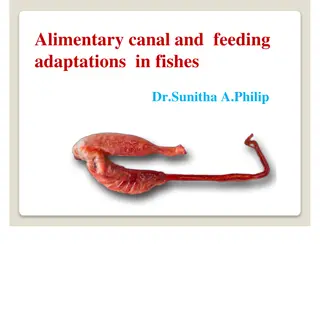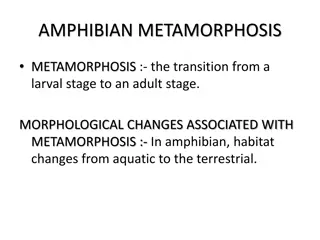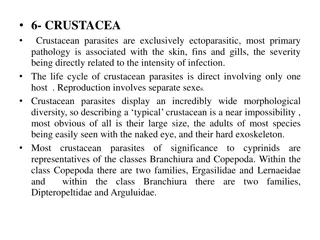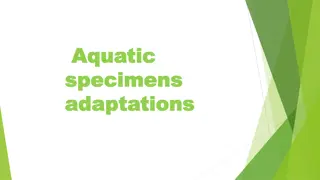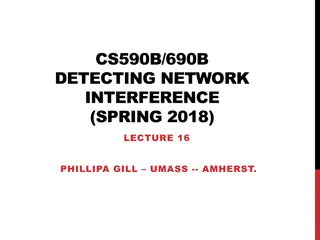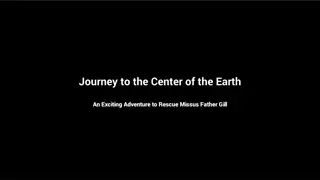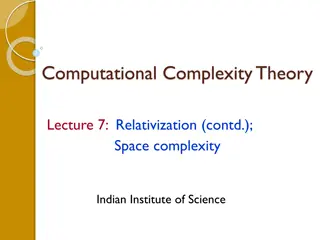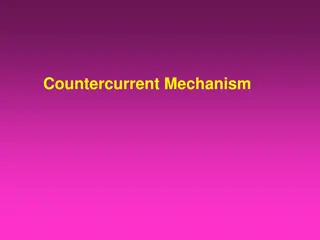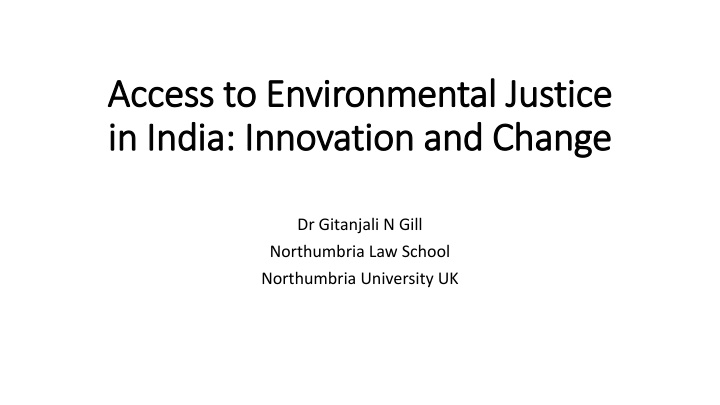
Environmental Justice and Innovation in India
This comprehensive study explores the evolution of environmental justice in India, focusing on the innovative approaches and changes in the legal system to address environmental issues. It delves into the population growth, economic pressures, and the role of specialized forums like green courts in resolving conflicts. Public Interest Litigation (PIL) emerges as a powerful tool for protecting human rights, but faces constraints such as judicial training and costly litigation. The establishment of the National Green Tribunal (NGT) is a significant development, providing expert-led access to justice and procedures to address environmental concerns.
Download Presentation

Please find below an Image/Link to download the presentation.
The content on the website is provided AS IS for your information and personal use only. It may not be sold, licensed, or shared on other websites without obtaining consent from the author. If you encounter any issues during the download, it is possible that the publisher has removed the file from their server.
You are allowed to download the files provided on this website for personal or commercial use, subject to the condition that they are used lawfully. All files are the property of their respective owners.
The content on the website is provided AS IS for your information and personal use only. It may not be sold, licensed, or shared on other websites without obtaining consent from the author.
E N D
Presentation Transcript
Access to Environmental Justice Access to Environmental Justice in India: Innovation and Change in India: Innovation and Change Dr Gitanjali N Gill Northumbria Law School Northumbria University UK
INDIA Population 1.32 billion people Projected- 2030 [1.53 billion] & 2050 [1.80 billion] Economic growth-7.5 percent Pressure on the environment and natural resources Two issues- specialised forum (green courts) and standing (locus standi)
INDIA- ENVIRONMENTAL JUSTICE DISCOURSE [PEOPLE CENTRIC] Public Interest Litigation [PIL] Polycentric, conflict resolving tool- people- oriented approach, judge fashioned remedies Advantages- speedy, inexpensive and direct access to highest court Constitution- locking human rights and environment through PIL; a new environmental jurisprudence Right to life [Article 21] Access- Representative and Citizen Standing
PIL- Constraints PIL- innovative and powerful tool to protect human rights known in civilised society- a magic bullet ? Problems- activism v constraint debate; judges not trained in complex environmental issues; contradictory scientific and technical reports; time and costly litigation
Specialised Judicial Forum- National Green Tribunal National Green Tribunal (NGT) In-house expertise- judicial and scientific Access to justice- Three points Aggrieved person- liberal interpretation Two reasons for a liberal interpretation the inability of persons living in the vicinity of proposed projects to understand the scientific detail, coupled with the effects of the ultimate project and any disaster it may cause the constitutional mandate of Article 51A(g) establishes a fundamental duty of every citizen to protect and improve the natural environment Court cost and time- 10; 6 months
NGT- New Procedures Develop its own procedures Suo motu Investigative procedure Stakeholder consultative procedure Major issues- air or water pollution Larger interest of the society- public health and environment Greater element of consent
NGT- Prescriptive Policies/Rules Prescriptive policies/rules Used tyres disposal- Asim Sarode v Maharashtra Pollution Control Board (2014)
NGT- Prescriptive Policies/Rules Noise D.B.Nevatia v Union of India (2013)
Conclusion India s judiciary- progressive and dynamic Expansive- constitution Standing/aggrieved- liberal NGT- decides cases AND creates policy [traditional, extra traditional roles] Good governance and environmental democracy


